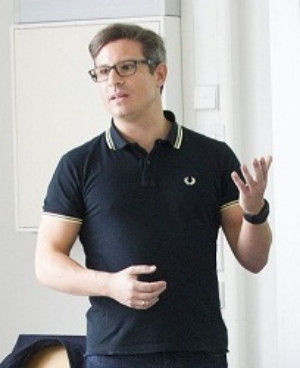Cloud Computing and Internet of Things
A special issue of Future Internet (ISSN 1999-5903). This special issue belongs to the section "Internet of Things".
Deadline for manuscript submissions: closed (31 May 2019) | Viewed by 69757
Special Issue Editors
Interests: business process integration; service-oriented architecture
Special Issues, Collections and Topics in MDPI journals
Interests: cloud computing; grid computing; SLA; applications; high performance computing
Special Issues, Collections and Topics in MDPI journals
Special Issue Information
Dear Colleagues,
Nowadays cost efficient distributed sensing and actuation devices are driving new economically relevant application scenarios and the notion of internet of things. These heterogeneous devices connect and interact with the cloud for massive data storage and scalable computation.
This special issue, intends to put together efforts done in both cloud computing and internet of things with the aim of adding value to practical applications for any institutions. In this respect we welcome contributions that are willing to share technologies, policies or heuristic from either a theoretical or a practical point of view.
Future Internet solicits original, high impact research papers on all topics related to the combination of Cloud Computing and Internet of Things – topics of interest include, but are not limited to:
- Cloud Computing
- Internet of Things
- Industry 4.0
- Block-chain for Cloud computing and IoT
- Architectures and Models
- Integration and Collaborations
- Network Protocols, Network Design and Architectures
- Software systems
- Data processing and management
- Context-aware service provisioning
- Security, trust and privacy
- Fault tolerance and reliability
- Performance evaluation and modelling
- Policies, Business models and standard
- Service Level Agreements
Dr. Francesco Lelli
Dr. José Luis Vazquez-Poletti
Guest Editors
Manuscript Submission Information
Manuscripts should be submitted online at www.mdpi.com by registering and logging in to this website. Once you are registered, click here to go to the submission form. Manuscripts can be submitted until the deadline. All submissions that pass pre-check are peer-reviewed. Accepted papers will be published continuously in the journal (as soon as accepted) and will be listed together on the special issue website. Research articles, review articles as well as short communications are invited. For planned papers, a title and short abstract (about 100 words) can be sent to the Editorial Office for announcement on this website.
Submitted manuscripts should not have been published previously, nor be under consideration for publication elsewhere (except conference proceedings papers). All manuscripts are thoroughly refereed through a single-blind peer-review process. A guide for authors and other relevant information for submission of manuscripts is available on the Instructions for Authors page. Future Internet is an international peer-reviewed open access monthly journal published by MDPI.
Please visit the Instructions for Authors page before submitting a manuscript. The Article Processing Charge (APC) for publication in this open access journal is 1600 CHF (Swiss Francs). Submitted papers should be well formatted and use good English. Authors may use MDPI's English editing service prior to publication or during author revisions.
Keywords
- Cloud Computing
- Internet of Things
- Industry 4.0
- Block-chain for Cloud computing and IoT
- Architectures and Models
- Integration and Collaborations
- Network Protocols, Network Design and Architectures
- Software systems
- Data processing and management
- Context-aware service provisioning
- Security, trust and privacy
- Fault tolerance and reliability
- Performance evaluation and modelling
- Policies, Business models and standard
- Service Level Agreements






